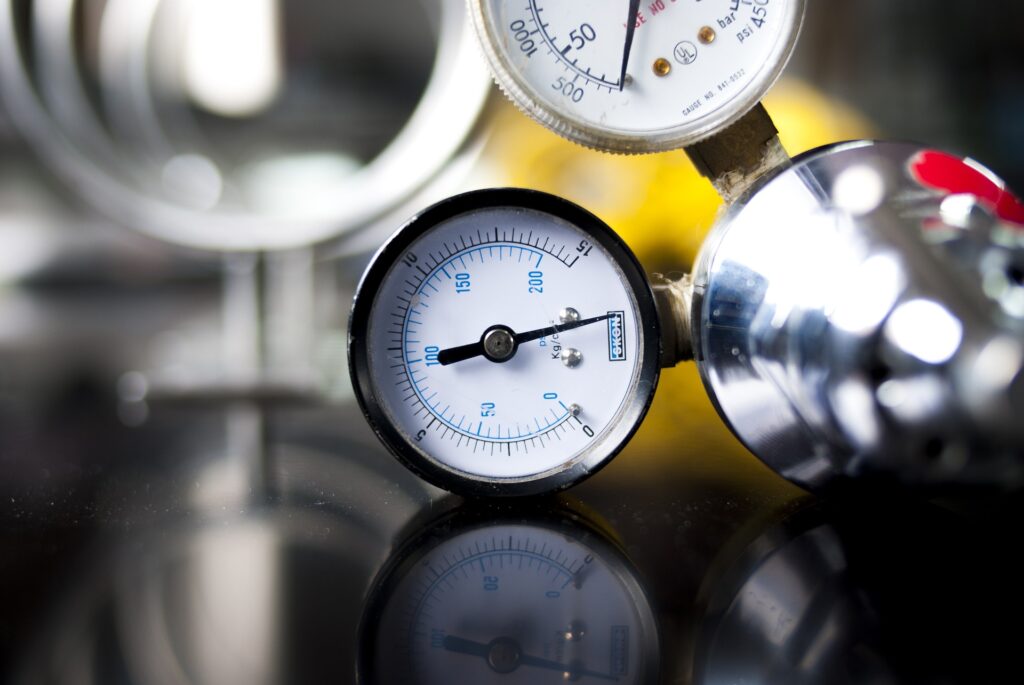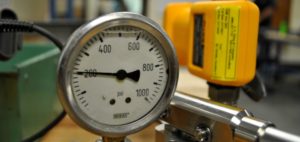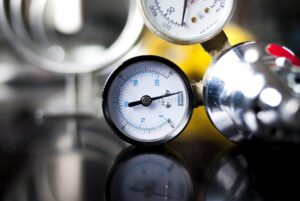Metrology Glossary: Compound Pressure Gauge
What Is A Compound Pressure Gauge?
A compound pressure gauge is a tool for measuring pressure that uses a dial to exhibit both positive and negative (vacuum) pressures. It is often used in scenarios demanding measurement of both positive and negative pressures, such as HVAC systems, leak detection apparatus, and air conditioning units. Generally, this gauge features a pair of scales, catering to positive and negative pressures separately. When gauging positive pressure, the gauge’s needle will follow a clockwise motion, whereas for negative pressure, it will move counterclockwise.
What Are Compound Pressure Gauges Used For?
Compound pressure gauges serve diverse applications across various industries. In HVAC systems, they play a crucial role by measuring pressure in components such as air conditioning units, furnaces, and heat pumps. This information is used for troubleshooting issues and optimizing overall system efficiency. Additionally, these gauges find utility in leak detection within pressurized systems, such as air conditioning lines and vacuum chambers. Their unique ability to measure both positive and negative pressures enhances their effectiveness in identifying otherwise elusive leaks. In the medical field, compound pressure gauges contribute to patient care by monitoring pressure in vital equipment such as ventilators and anesthesia machines. In industrial contexts, these gauges are widely employed to measure pressures in boilers, pumps, and compressors, ensuring the safe and efficient operation of these critical machines.








